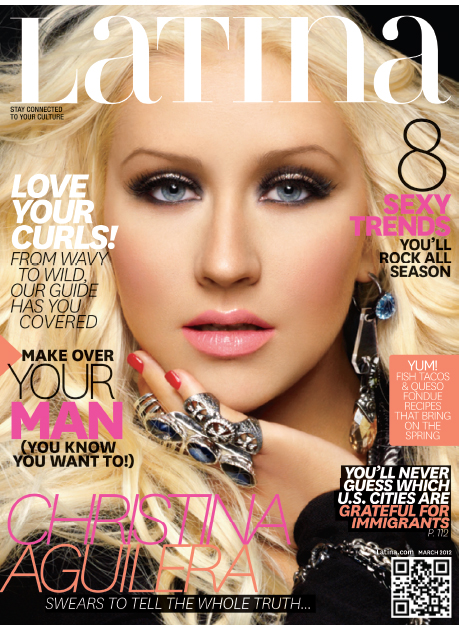Minority-Targeted Magazines
Minority-targeted magazines, like newspapers, have existed since before the Civil War, including the African American antislavery magazines Emancipator, Liberator, and Reformer. One of the most influential early African American magazines, the Crisis, was founded by W. E. B. Du Bois in 1910 and is the official magazine of the National Association for the Advancement of Colored People (NAACP).

In the modern age, the major magazine publisher for African Americans has been John H. Johnson, a former Chicago insurance salesman, who started Negro Digest in 1942 on $500 borrowed against his mother’s furniture. By 1945, with a circulation of more than 100,000, the Digest’s profits enabled Johnson and a small group of editors to start Ebony, a picture-text magazine modeled on Life but serving black readers. The Johnson Publishing Company also successfully introduced Jet, a pocket-size supermarket magazine, in 1951. By 2013, Jet’s circulation was 700,000, while Ebony’s circulation was 1.2 million. Essence, the first major magazine geared toward African American women, debuted in 1969, and by 2013 it had a circulation of over 1 million.
Other minority groups also have magazines aimed at their own interests. The Advocate, founded in 1967 as a twelve-page newsletter, was the first major magazine to address issues of interest to gay men and lesbians, and it has in ensuing years published some of the best journalism about antigay violence, policy issues affecting the LGBT community, and AIDS—topics often not well covered by the mainstream press. Out is the top gay style magazine. Both are owned by Here Media, which also owns Here Networks and several LGBT Web sites.
With increases in Hispanic populations and immigration, magazines appealing to Spanish-speaking readers have developed rapidly since the 1980s. In 1983, the De Armas Spanish Magazine Network began distributing Spanish-language versions of mainstream American magazines, including Cosmopolitan en Español; Harper’s Bazaar en Español; and Ring, the prominent boxing magazine. The bilingual Latina magazine was started with the help of Essence Communications in 1996, while recent magazine launches include ESPN Deportes and Sports Illustrated en Español. The new magazines target the most upwardly mobile segments of the growing American Hispanic population, which numbered more than fifty-two million—about 16.7 percent of the U.S. population—by 2013. Today, People en Español, Latina, and Vanidades rank as the top three Hispanic magazines by ad revenue.
Although national magazines aimed at other minority groups were slow to arrive, there are magazines now that target virtually every race, culture, and ethnicity, including Asian Week, Native Peoples, Tikkun, and many more.